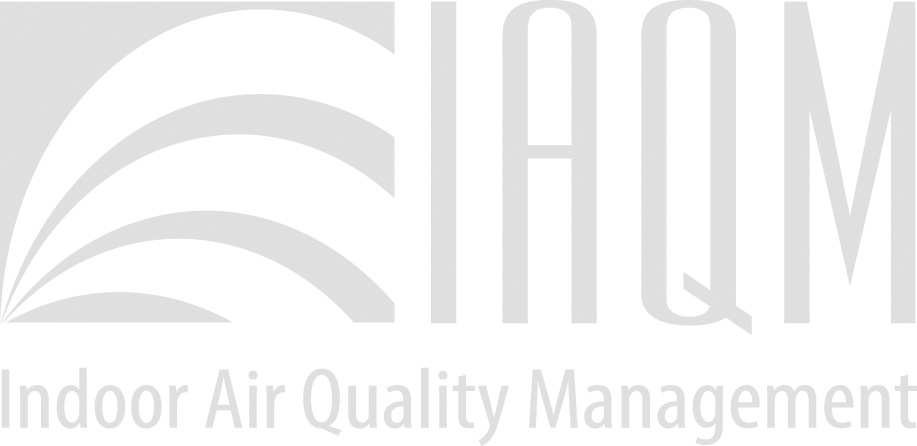Mold
Fast Facts
A 1999 Mayo Clinic Study cites molds as the cause of most of the chronic sinus infections that inflict 37 million Americans each year. Recent studies also link molds to the soaring asthma rate. Molds have been an under-recognized health problem, but that is changing. Health-care professionals now know that molds can cause allergies, trigger asthma attacks and increase susceptibility to colds and flu. Anyone with a genetic predisposition can become allergic if exposed repeatedly to high enough levels. Last year Dr. David Sherris at the Mayo Clinic performed a study of 210 patients with chronic sinus infections and found that most had allergic fungal sinusitis. The prevailing medical opinion has been that mold accounted for 6 to 7 percent of all chronic sinusitis. The Mayo Clinic study found that it was 93 percent – the exact reverse. Newsweek, 12/4/00
There are over 100,000 known living species of fungus, some of which are beneficial to mankind. Mycologists estimate that there may be as many as 200,000 more unidentified species of fungus. Yeasts, molds, mildews, rusts, and mushrooms are types of fungus.
Mold nor spores cause illness, other than allergy and/or infections. It is the mycotoxins released when the molds’ food source (moisture) is severed.
To help comprehend how small mycotoxins are, one common housefly could carry about 7.35 billion attached to its external body hairs. Consequently, IF 50,000 constitute a theoretically lethal dose, a housefly could carry a lethal dose for over 100,000 individuals.
Outdoor spores are not a usual cause of toxicity, (except for allergies and infection), but when growing inside, molds produce toxins, which are in much higher concentration and can cause illness.
Indoor mold spores indicate mold growth, which indicates mycotoxin production. Currently, we can measure spores, identify spores, but it is difficult to measure mycotoxins. Stachybotrys produces at least 170 known mycotoxins, and probably more that have not been identified.
The trick with mold is to control the moisture and excessive food sources. If there are no structural defects that allow moisture in, then get a cheap hygrometer/thermometer ($25) and monitor it. Don’t let the humidity climb above 60% for two days or more. Pay attention to basements. Humidity sinks to the basement in the summer. If you have a little more money, get a humidistat or a dehumidifier installed on your “balanced” HVAC system.

